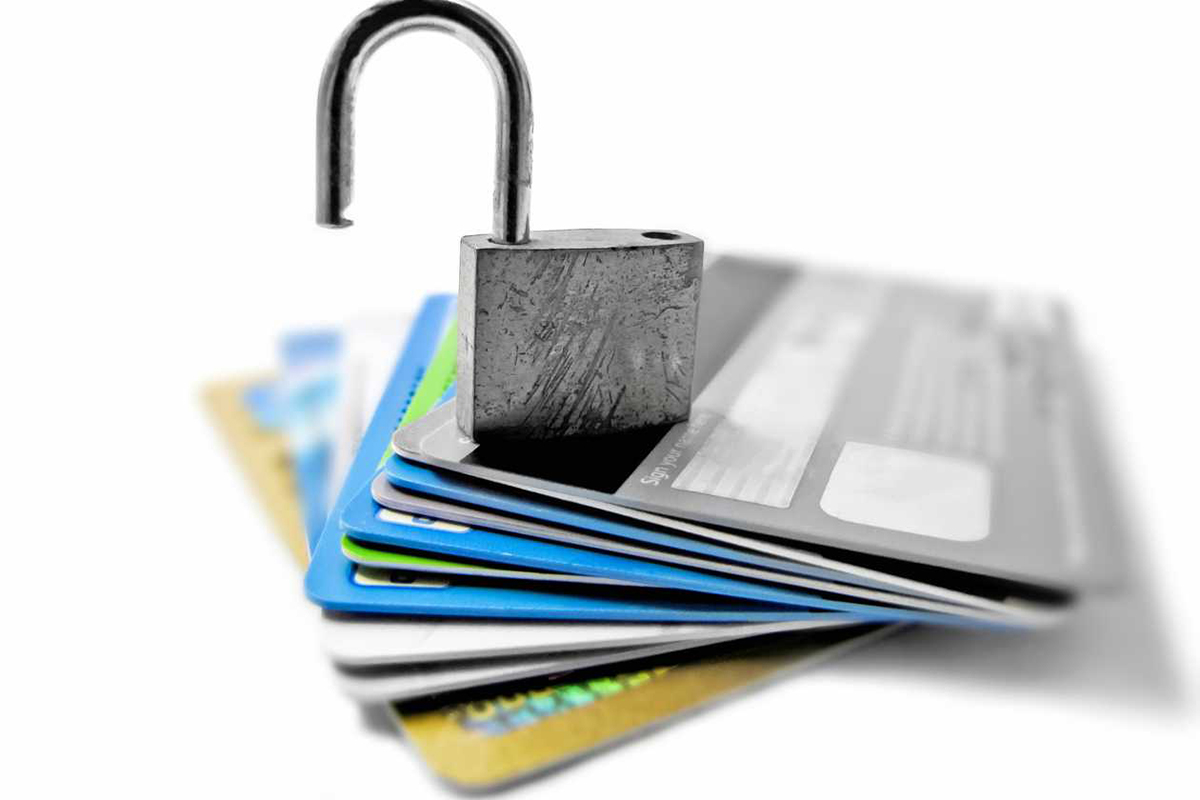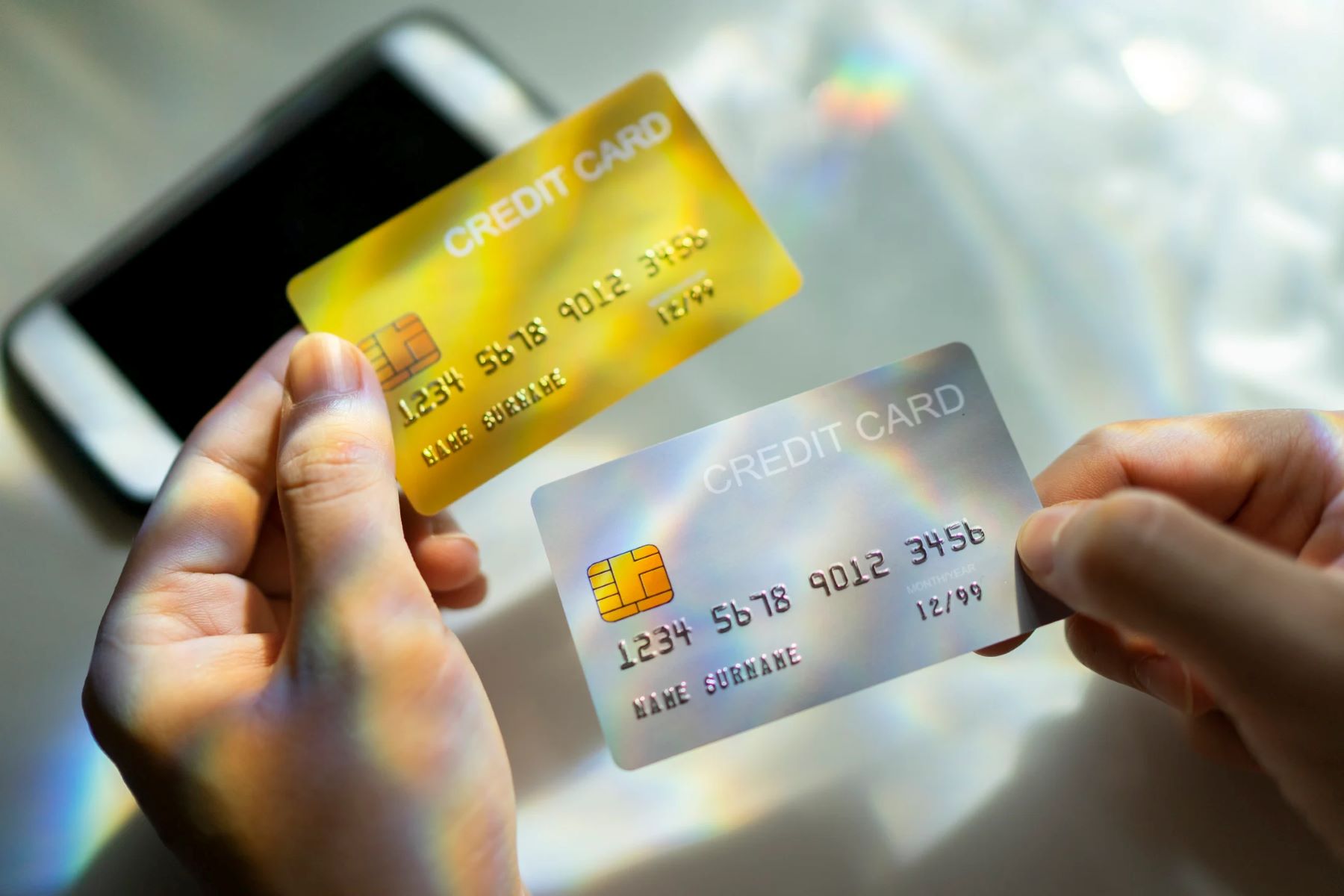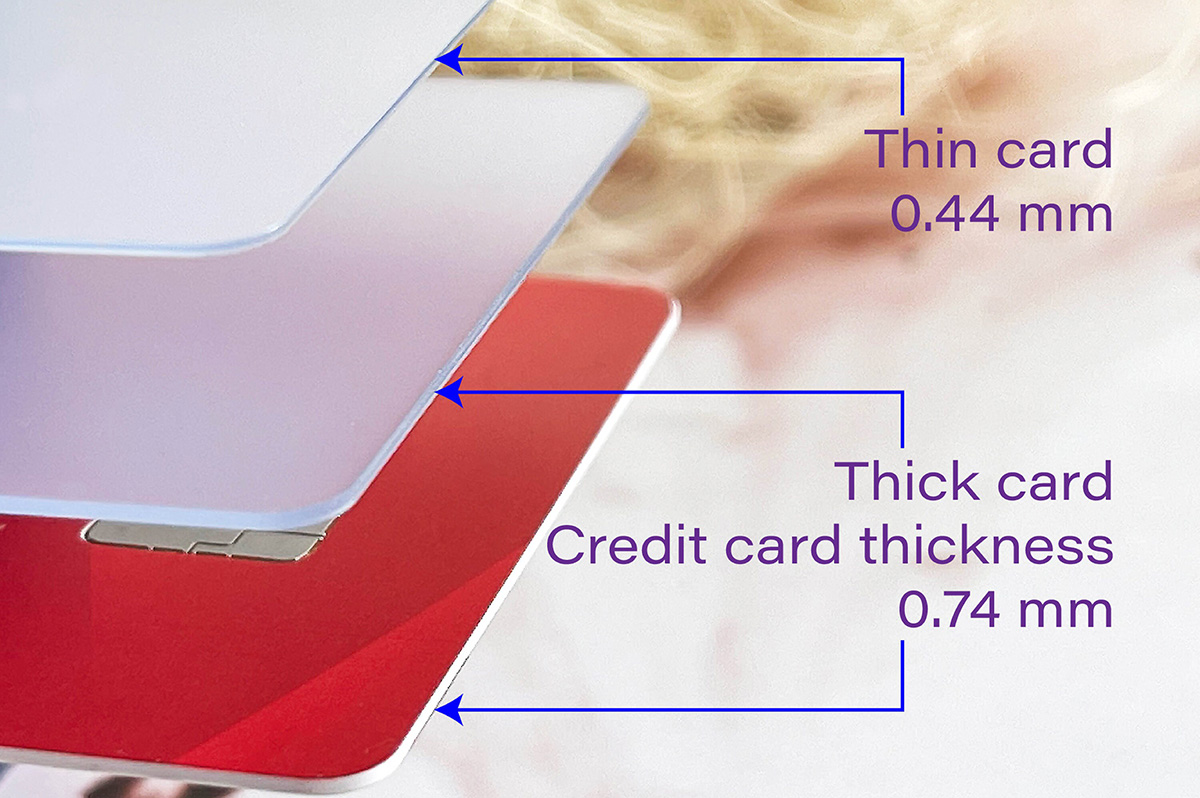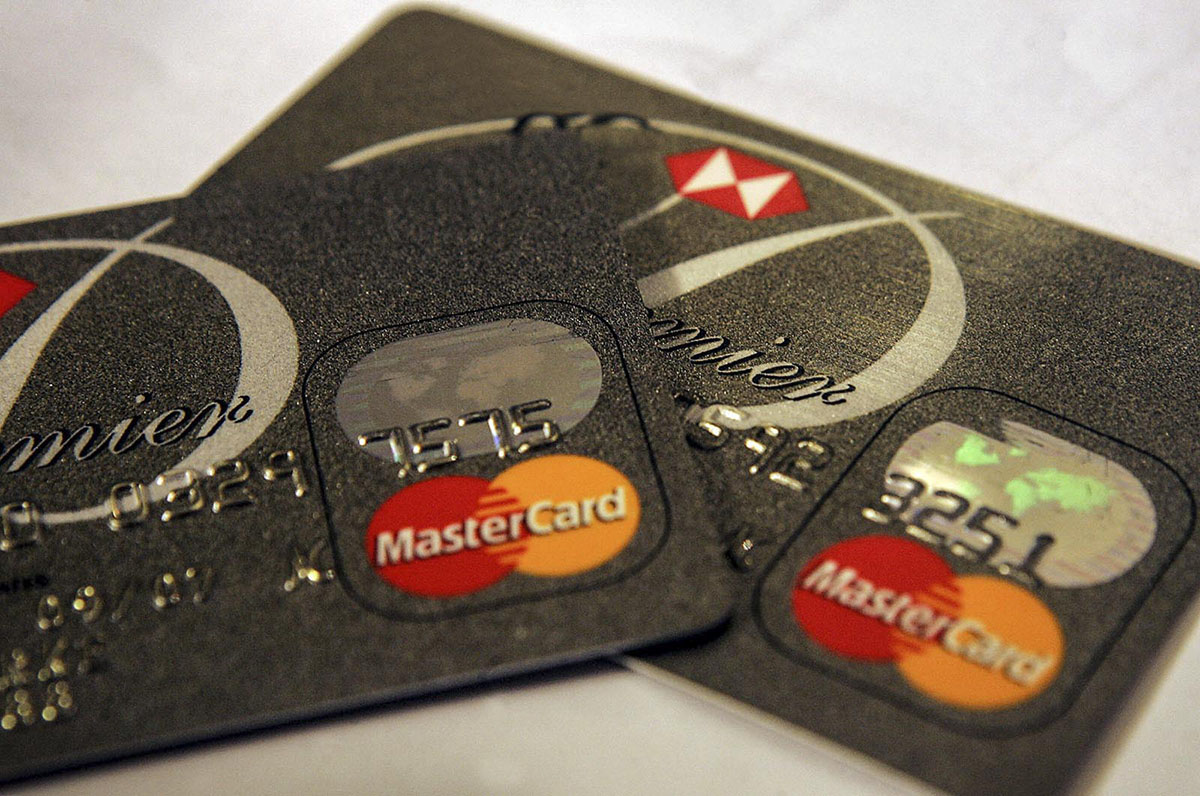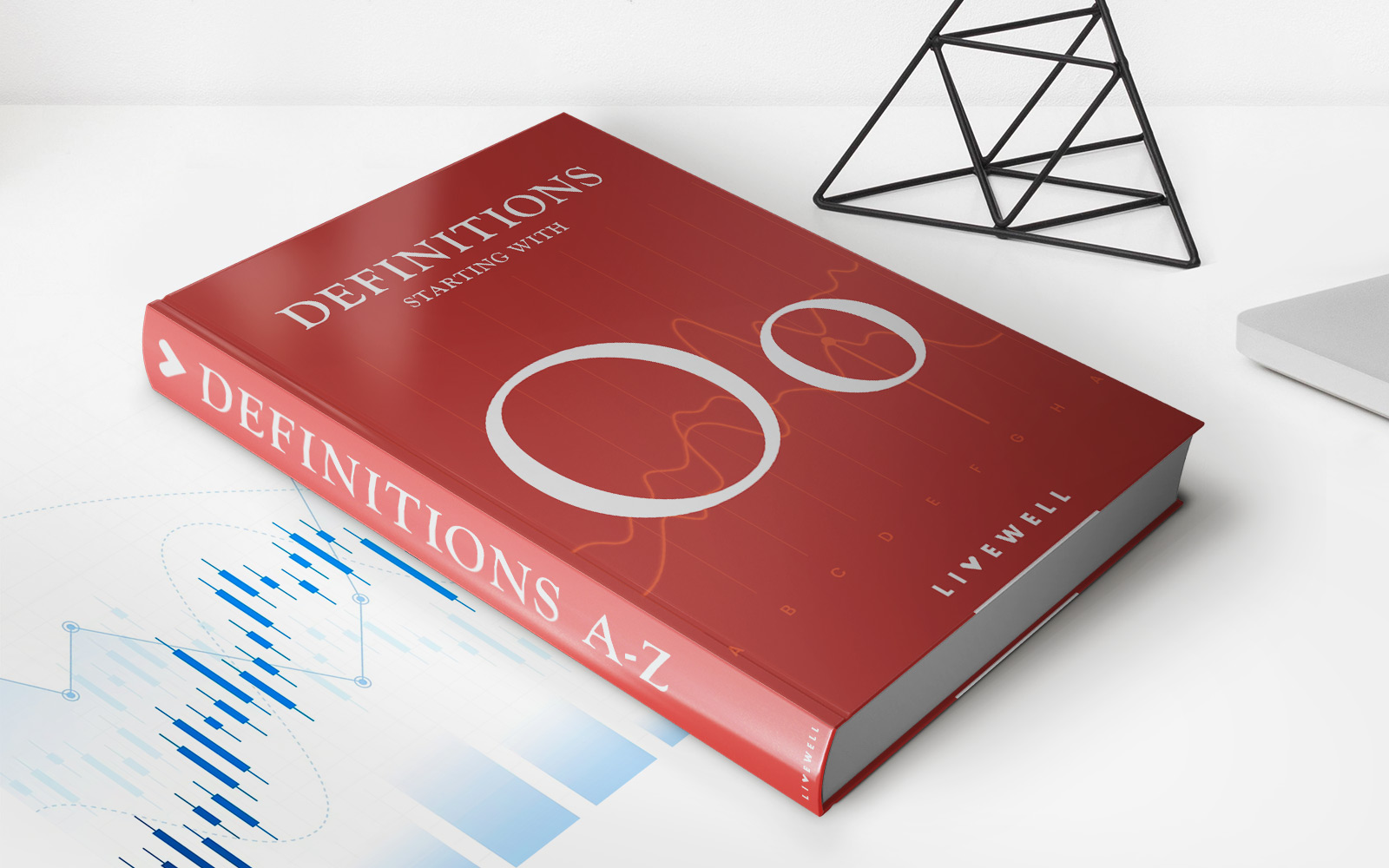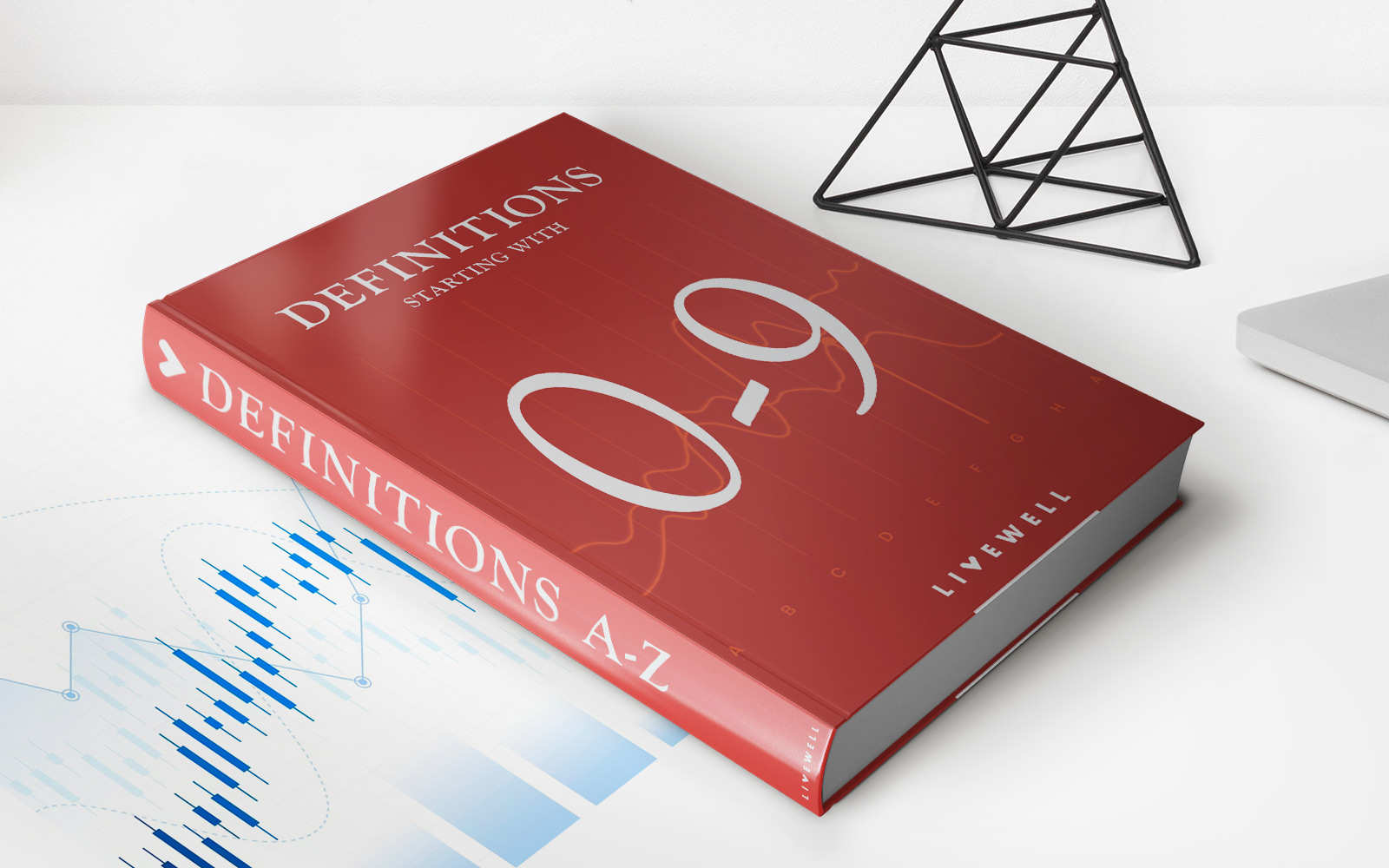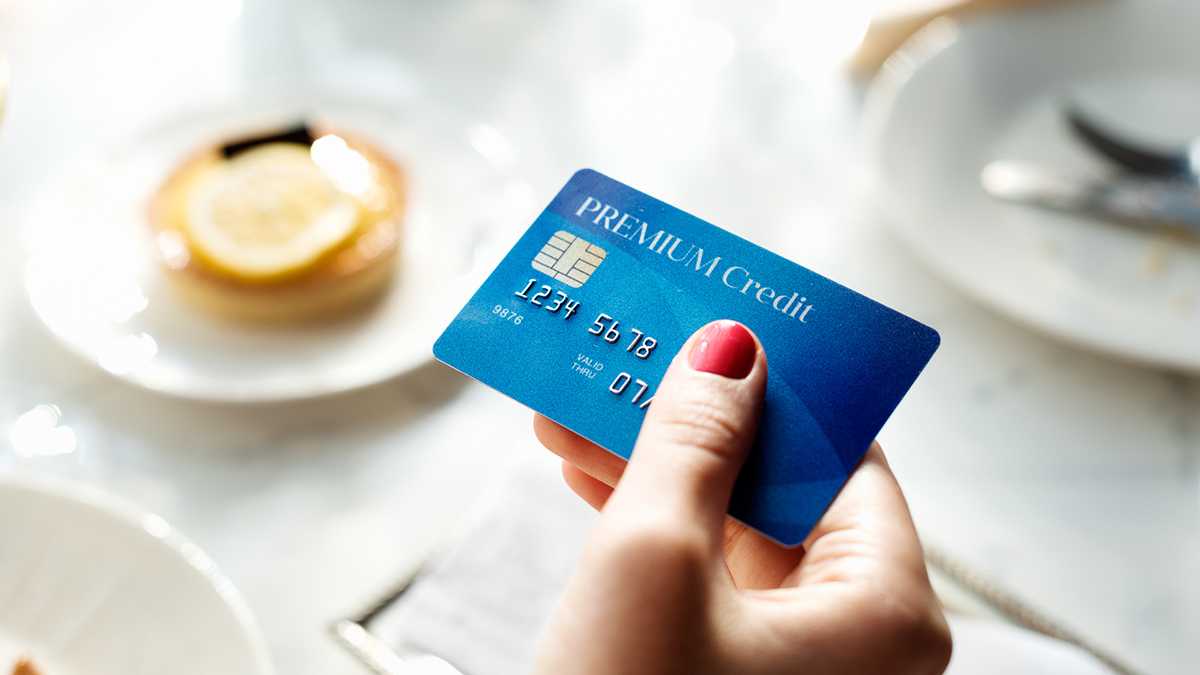

Finance
What Does MM Mean In Credit Card
Published: November 5, 2023
Discover the meaning of MM in credit cards and its significance in finance. Learn how MM affects your financial transactions and credit card statements.
(Many of the links in this article redirect to a specific reviewed product. Your purchase of these products through affiliate links helps to generate commission for LiveWell, at no extra cost. Learn more)
Table of Contents
Introduction
When it comes to managing your finances, understanding the terminology associated with credit cards is crucial. Credit cards offer a convenient and flexible way to make purchases, but they also come with their own set of terms and acronyms that can be confusing. One such acronym is MM, which is frequently used in the context of credit cards. In this article, we will delve into what MM means in credit card lingo and how it impacts your financial transactions.
As you navigate the world of credit cards, it’s important to have a firm grasp on the terminology. From interest rates to credit limits, various factors come into play when using credit cards responsibly. MM, in particular, is an abbreviation that you may come across when reviewing your card statements or engaging in online transactions.
In this article, we will explore the different meanings of MM in the context of credit cards, common uses of MM, as well as the benefits and limitations associated with MM in credit card transactions. Additionally, we will provide some tips on managing MM effectively to help you make informed decisions when it comes to your financial well-being.
So, let’s dive in and unravel the mysteries of MM in credit card terminology.
Understanding Credit Card Terminology
Before we delve into the specifics of what MM means in credit card context, it’s essential to have a solid understanding of some common credit card terminology. This will provide a solid foundation for comprehending the role and significance of MM in credit card transactions. Here are a few key terms to be familiar with:
1. Credit Limit: The maximum amount of money that a credit card issuer allows an individual to borrow on their card. It is set based on factors such as credit history, income, and creditworthiness.
2. APR (Annual Percentage Rate): The interest rate charged on credit card balances, expressed as an annualized percentage. It represents the cost of borrowing and is applied when the cardholder carries a balance on their card from month to month.
3. Minimum Payment: The minimum amount that a cardholder must pay toward their credit card balance each month to remain in good standing with the creditor.
4. Credit Score: A numerical representation of an individual’s creditworthiness. It is determined based on factors such as payment history, credit utilization, length of credit history, and mix of credit accounts.
5. Grace Period: The timeframe during which a cardholder can pay the outstanding balance in full without incurring any interest charges. It typically starts from the end of the billing cycle and lasts for a certain number of days, usually around 20 to 25 days.
These terms lay the groundwork for understanding the intricacies of credit card transactions. Now, let’s move on to exploring what MM means in the context of credit cards.
What is MM?
When it comes to credit cards, MM typically stands for “Monthly Minimum.” It refers to the minimum amount that you are required to pay towards your credit card balance each month to maintain your account in good standing. This amount is calculated by the credit card issuer and is usually a small percentage of your total outstanding balance or a predetermined flat fee.
The purpose of the MM is to ensure that cardholders make regular payments on their credit card balances, even if they are unable to pay off the full amount. By making the MM payment, cardholders fulfill their obligation and avoid any negative consequences such as late fees, increased interest rates, or damage to their credit score.
It’s important to note that the MM payment is different from paying off your entire balance. While paying only the MM allows you to avoid any immediate penalties, it is advisable to pay off your credit card balance in full whenever possible to avoid accruing interest charges and to maintain a healthy credit utilization ratio.
Understanding the MM requirement is crucial for responsible credit card management. By knowing the minimum amount you need to pay each month, you can plan your budget and ensure timely payments, thereby maintaining a positive credit history and avoiding unnecessary fees.
Now that we have a clear understanding of what MM stands for in credit card terminology, let’s explore how it is used and its significance in credit card transactions.
MM in the Context of Credit Cards
MM plays a crucial role in the context of credit cards, as it determines the minimum payment required to keep your account in good standing. Credit card issuers set the MM based on various factors, including the outstanding balance, interest rate, and terms and conditions of the card agreement.
When you receive your credit card statement, you will typically see a breakdown of your balance, including the total amount due and the MM. The MM is the minimum amount you must pay by the due date to avoid any late payment fees or negative marks on your credit report.
It’s important to note that while paying the MM ensures you meet your minimum obligation, it may not be sufficient to fully pay off your balance in a timely manner. If you only pay the MM, the remaining balance will accrue interest, potentially leading to a cycle of debt if you consistently carry a balance from month to month.
Furthermore, the MM may not include any additional fees or charges that you may have incurred, such as cash advance fees or balance transfer fees. These fees will be added to your outstanding balance and will require separate payment, on top of the MM, to avoid incurring further charges.
Therefore, it is important to view the MM as the minimum requirement but strive to pay off your credit card balance in full each month. By doing so, you can avoid accumulating unnecessary interest charges and maintain a healthier financial outlook.
Now that we understand the role of MM in credit card transactions, let’s explore some common uses of MM in credit cards.
Common Uses of MM in Credit Cards
The MM in credit cards serves several important functions beyond ensuring timely payments. Here are some common uses of MM in credit card transactions:
- Meeting Minimum Payment Requirements: As mentioned earlier, the MM represents the minimum amount you must pay each month to keep your credit card account in good standing. By paying at least the MM, you avoid late payment fees and potential damage to your credit score.
- Budget Planning: The MM provides a baseline for budgeting your monthly expenses. By knowing the minimum amount you need to pay, you can allocate your funds accordingly and make sure you meet your financial obligations without overspending.
- Managing Cash Flow: The MM allows you to manage your cash flow more effectively. If you’re faced with temporary financial constraints, paying the MM can help you avoid penalties or negative impacts on your credit history, while still managing your other financial priorities.
- Tracking Payment Progress: The MM serves as a helpful tracking tool to monitor your payment progress. By consistently paying more than the MM, you can gauge your progress in paying down your credit card balance and work towards becoming debt-free.
- Building Credit History: Regularly paying at least the MM can help you establish and improve your credit history. Timely payments reflect positively on your credit report and can enhance your creditworthiness, making it easier to qualify for loans, mortgages, and other financial opportunities in the future.
While the MM serves important purposes in credit card transactions, it is important to remember that paying only the MM may not be the most financially advantageous approach. Aim to pay off your balance in full whenever possible to avoid accruing interest charges and minimize carrying debt from month to month.
Now let’s examine the benefits and limitations of MM in credit card usage.
Benefits and Limitations of MM in Credit Cards
The use of the MM in credit cards offers both benefits and limitations for cardholders. Understanding these can help you make informed decisions about managing your credit card balances effectively. Let’s explore them below:
Benefits:
- Flexibility: The MM gives you the flexibility to make minimum payments when needed, allowing you to manage your finances during times of financial strain or unexpected expenses.
- Good Standing: Paying at least the MM ensures you maintain a positive credit standing by avoiding late payment fees, penalties, and potential negative impacts on your credit report.
- Budgeting Tool: The MM provides a clear baseline for budgeting, helping you allocate your funds and meet your financial obligations without overextending yourself financially.
- Credit History Building: Consistently paying at least the MM contributes to building a solid credit history, demonstrating your responsibility as a borrower and improving your creditworthiness over time.
Limitations:
- Accruing Interest: If you regularly pay only the MM and carry a balance, you will accrue interest charges on the remaining balance. This can lead to long-term debt and increased financial costs.
- Prolonged Repayment: Paying only the MM extends the repayment period for your credit card balances, potentially resulting in a longer time to pay off debts and higher overall interest costs.
- Minimum Balance Issues: If your outstanding balance is high, paying only the MM may not significantly decrease your overall debt, making it difficult to achieve financial freedom in a timely manner.
- Payment Allocation: Credit card issuers may apply payments made above the MM towards larger balances with lower interest rates first, which means that high-interest balances continue to accrue interest until fully paid.
It’s essential to strike a balance between paying the MM and working towards paying off your credit card balance in full whenever possible. By doing so, you can enjoy the benefits of credit card usage while minimizing the limitations and costs associated with carrying debt.
Now that we have explored the benefits and limitations of MM in credit cards, let’s move on to some tips for effectively managing the MM on your credit cards.
Tips for Managing MM on Credit Cards
Effectively managing the MM on your credit cards is essential for maintaining your financial well-being and avoiding unnecessary fees and interest charges. Here are some valuable tips to help you manage your MM efficiently:
- Create a Budget: Develop a monthly budget that includes your credit card payments. Factor in the MM as the minimum amount you need to pay, but strive to allocate additional funds towards paying off your balance in full whenever possible.
- Pay on Time: Always make your credit card payments on or before the due date to avoid late payment fees and potential negative impacts on your credit history. Set up automatic payments or reminders to help you stay on track.
- Prioritize High-Interest Debt: If you have multiple credit cards with varying interest rates, focus on paying off the credit card with the highest interest rate first. By doing so, you can reduce the overall interest charges and pay down your debt more efficiently.
- Avoid Cash Advances: Cash advances often come with higher interest rates and additional fees. Try to avoid using your credit card for cash advances unless it’s absolutely necessary, as it can increase your overall debt and make it more challenging to pay off.
- Monitor Your Statements: Regularly review your credit card statements to ensure accuracy and identify any fraudulent transactions promptly. By staying vigilant, you can detect and resolve any issues before they impact your finances.
- Communicate with Your Credit Card Issuer: If you’re facing financial difficulties and are unable to make the full payment, reach out to your credit card issuer. They may be able to offer temporary payment arrangements or provide guidance on managing your debt.
Remember, while the MM is the minimum requirement to maintain your credit card account in good standing, it is in your best interest to pay off your balance in full whenever possible. This helps you avoid unnecessary interest charges and accelerates your path towards financial freedom.
By implementing these tips and staying disciplined in your credit card usage, you can effectively manage the MM and take control of your financial future.
Now let’s conclude this article.
Conclusion
Understanding the terminology associated with credit cards is essential for managing your finances effectively. The term MM, which stands for Monthly Minimum, plays a significant role in credit card transactions. It represents the minimum amount you must pay each month to maintain your account in good standing.
While the MM serves a crucial function by ensuring timely payments and fulfilling your minimum obligation, it’s important to remember that paying only the MM may not be the most financially advantageous approach. Striving to pay off your credit card balance in full whenever possible helps you avoid accruing interest charges and reduces the overall debt burden.
Managing the MM on your credit cards requires careful budgeting, timely payments, and prioritizing high-interest debt. By creating a budget that includes your credit card payments, paying on time, and focusing on the highest-interest debt, you can effectively manage your MM and work towards financial freedom.
Remember to monitor your credit card statements regularly, avoid unnecessary cash advances, and communicate with your credit card issuer if you face financial difficulties. By staying proactive in your credit card management, you can maintain a positive credit history and improve your financial well-being.
In conclusion, understanding and effectively managing the MM on your credit cards is crucial for maintaining financial stability and achieving your long-term financial goals. By implementing the tips provided in this article and striving to pay off your balance in full whenever possible, you can make the most of your credit card usage and pave the way for a healthier financial future.

